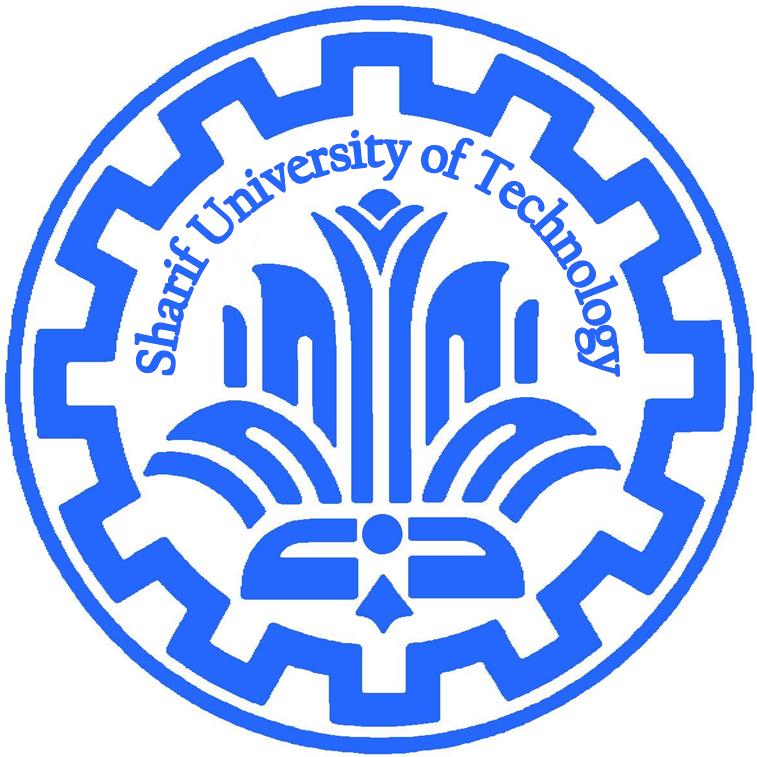Syllabus
Course Information
Objectives: The evolution of power electronic devices and their impact on electronic systems will be presented.
Relation to other courses: The course is offered to all students following an MSc Program in Electric Power Engineering at Sharif University of Technology. It is among compulsory courses for those who choose "Power electronics and electric machines" as their professional discipline and is elective for students with "Power systems" as their discipline.
Pre-requisites: The pre-requisite for the course is EE25213, industrial electronics.
Following courses: This is one of the specialization courses for students following the "Power electronics and electrical machines".
Topics Covered
1. Introduction
Introduction to Power Processing
Several Applications of Power Electronics
Elements of Power Electronics
I. Converters in Equilibrium
2. Principles of Steady State Converter Analysis
Inductor Volt-Second Balance, Capacitor Charge Balance, and the Small-Ripple Approximation
Boost Converter Example
Cuk Converter Example
Estimating the Output Voltage Ripple in Converters Containing Two-Pole Low-Pass Filters
3. Steady-State Equivalent Circuit Modeling, Losses, and Efficiency
The DC Transformer Model
Inclusion of Inductor Copper Loss
Construction of Equivalent Circuit Model
Example: Inclusion of Semiconductor Conduction Losses in the Boost Converter Model
4. Switch Realization
Switch Applications
Single-Quadrant Switches, Current-Bidirectional Two-Quadrant Switches, Voltage-Bidirectional Two-Quadrant Switches, Four-Quadrant Switches, Synchronous Rectifiers
A Brief Survey of Power Semiconductor Devices
Power Diodes, Metal-Oxide-Semiconductor Field-Effect Transistor (MOSFET), Bipolar Junction Transistor (BJT), Insulated Gate Bipolar Transistor (IGBT), Thyristors (SCR, GTO, MCT)
Switching Loss
Transistor Switching with Clamped Inductive Load, Diode Recovered Charge, Device Capacitances, and Leakage, Package, and Stray Inductances, Efficiency vs. Switching Frequency
5. The Discontinuous Conduction Mode
Origin of the Discontinuous Conduction Mode, and Mode Boundary
Analysis of the Conversion Ratio M(D,K)
Boost Converter Example
6. Converter Circuits
Circuit Manipulations
Inversion of Source and Load , Cascade Connection of Converters, Rotation of Three-Terminal Cell, Differential Connection of the Load
A Short List of Converters
Transformer Isolation
Full-Bridge and Half-Bridge Isolated Buck Converters, Forward Converter, Push-Pull Isolated Buck Converter, Flyback Converter, Boost-Derived Isolated Converters, Isolated Versions of the SEPIC and the Cuk Converter
Converter Evaluation and Design
Switch Stress and Utilization
Design Using Computer Spreadsheet
II. Converter Dynamics and Control
7. AC Equivalent Circuit Modeling
Introduction
The Basic AC Modeling Approach
Results for Several Basic Converters
Example: A Nonideal Flyback Converter
State-Space Averaging
The Canonical Circuit Model
Modeling the Pulse-Width Modulator
8. Converter Transfer Functions
Review of Bode Plots
Single pole/zero/RHP zero Responses, Frequency Inversion, Combinations, Quadratic Pole Response: Resonance, The Low-Q Approximation, Approximate Roots of an Arbitrary-Degree Polynomial
Analysis of Converter Transfer Functions
Example: Transfer Functions of the Buck-Boost Converter, Transfer Functions of Some Basic CCM Converters, Physical Origins of the RHP Zero in Converters, Graphical Construction of Impedances and Transfer Functions,
Series Impedances: Addition of Asymptotes, Series Resonant Circuit Example, Parallel Impedances: Inverse Addition of Asymptotes, Parallel Resonant Circuit Example,
Voltage Divider Transfer Functions: Division of Asymptotes, Graphical Construction of Converter Transfer Functions
Measurement of AC Transfer Functions and Impedances
9. Controller Design
Introduction
Effect of Negative Feedback on the Network Transfer Functions
Stability
The Phase Margin Test, The Relationship Between Phase Margin and Closed-Loop Damping Factor, Transient Response vs. Damping Factor
Regulator Design
Lead (PD) Compensator, Lag (PI ) Compensator, Combined (PID) Compensator, Design Example
Measurement of Loop Gains
Voltage Injection, Current Injection, Measurement of Unstable Systems
III. Magnetics
13. Basic Magnetics Theory
Review of Basic Magnetics
Transformer Modeling
Loss Mechanisms in Magnetic Devices
Core Loss, Low-Frequency Copper Loss, Eddy Currents in Winding Conductors
Introduction to the Skin and Proximity Effects
Leakage Flux in Windings, Foil Windings and Layers, Power Loss in a Layer, Example: Power Loss in a Transformer Winding, Interleaving the Windings, PWM Waveform Harmonics
Several Types of Magnetic Devices, Their B-H Loops, and Core vs. Copper Loss
14. Inductor Design
Filter Inductor Design Constraints
The Core Geometrical Constant Kg
A Step-by-Step Procedure
Multiple-Winding Magnetics Design via the Kg Method
Window Area Allocation, Coupled Inductor Design Constraints, Design Procedure, Example: Coupled Inductor for a Two-Output Forward Converter, Example: CCM Flyback Transformer
15. Transformer Design
Transformer Design: Basic Constraints
Optimum Flux Density
A Step-by-Step Transformer Design Procedure
Example 1: Single-Output Isolated Cuk Converter
Example 2: Multiple-Output Full-Bridge Buck Converter
AC Inductor Design

